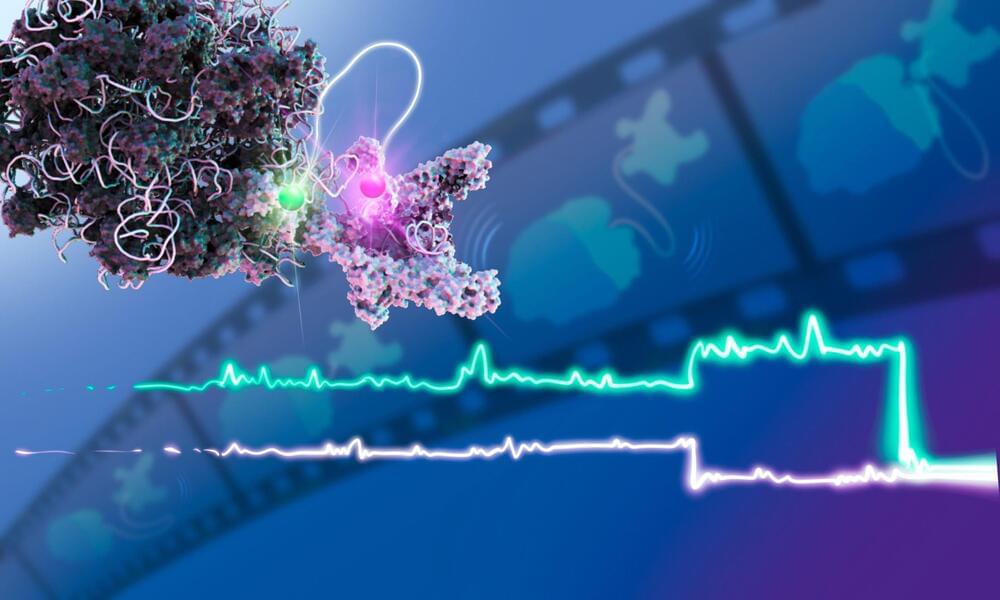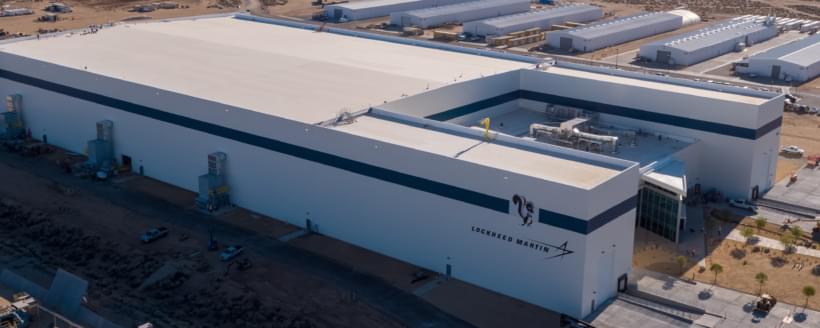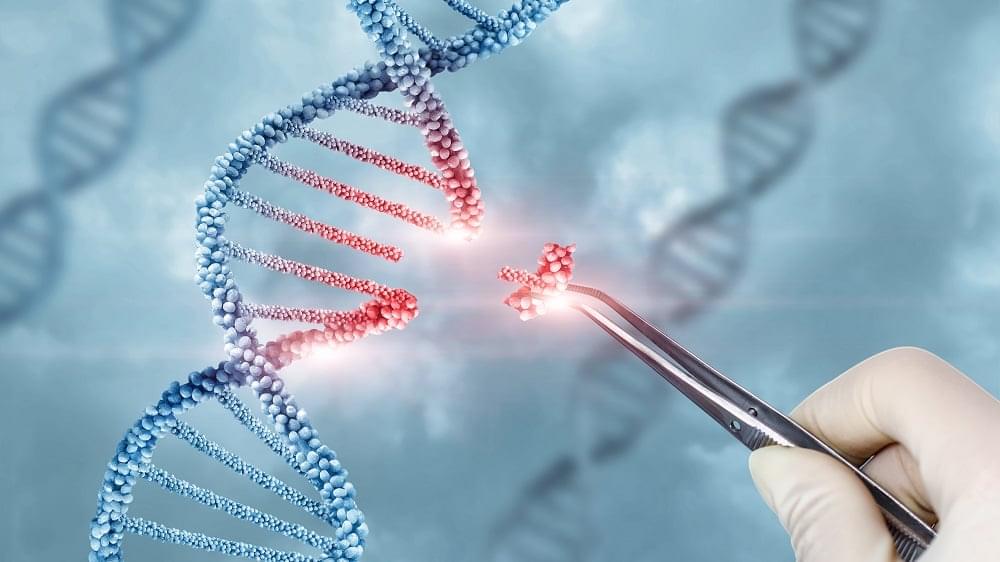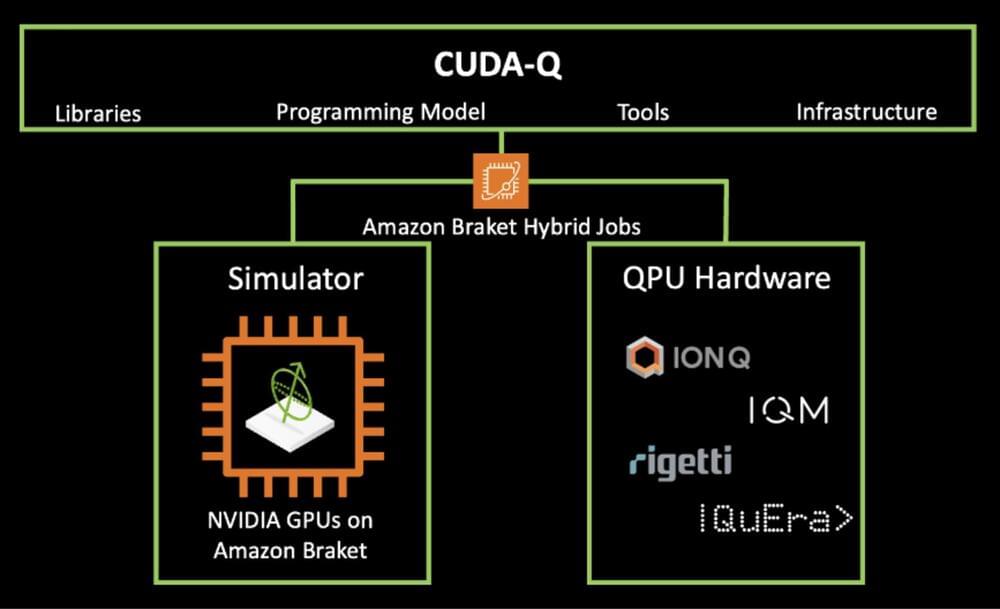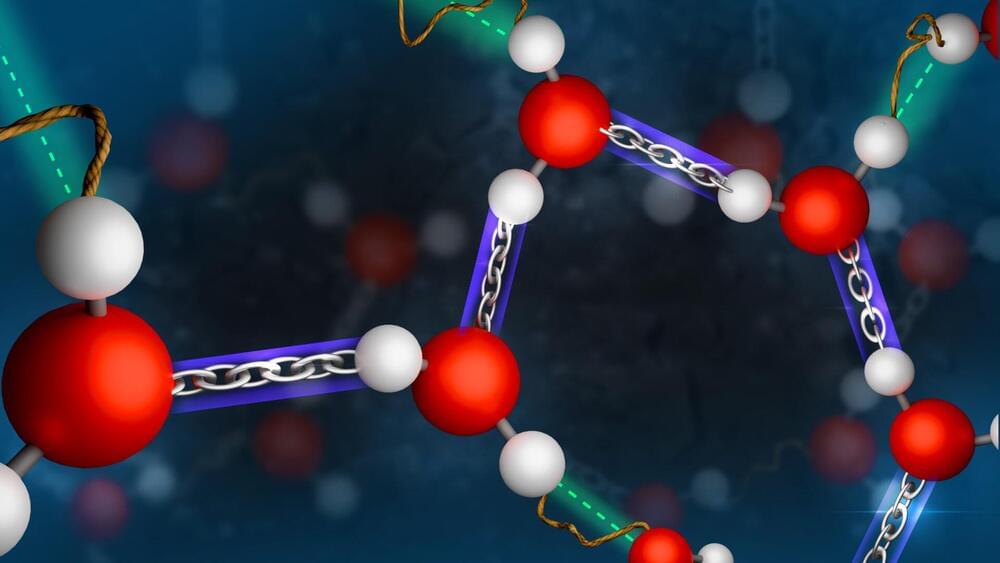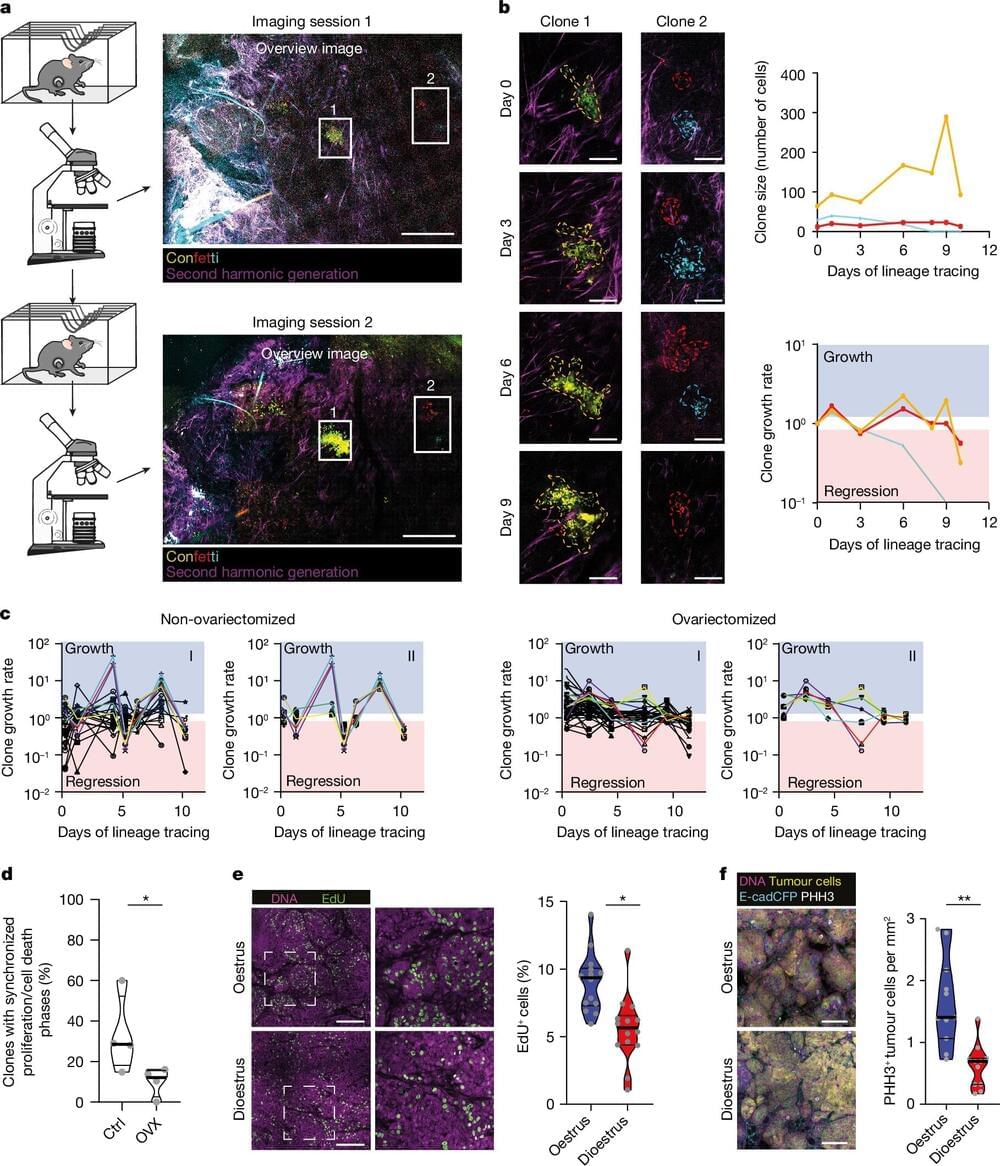An experiment more than 10 years in the making has delivered its first glimpse of the hurricane of particles whirring inside subatomic particles called neutrons, laying the groundwork to solve a mystery deep in the heart of matter.
Data from the Central Neutron Detector at the US Department of Energy’s Thomas Jefferson National Accelerator Facility (TJNAF) is already playing a role in describing the quantum map of the neutron’s engine.
“It’s a quite important result for the study of nucleons,” says Silvia Niccolai, a research director at the French National Centre for Scientific Research.


